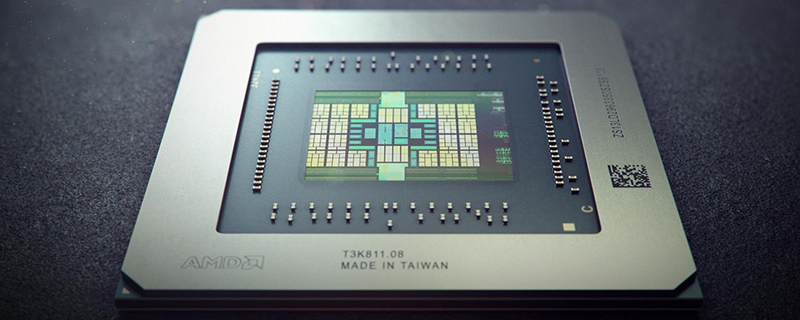AMD Radeon RX 5700 and RX 5700 XT Review
Conclusion
If you’ve been following the rumours leading up to today’s launch of the RX 5700 and RX 5700 XT then you’ll probably be aware that AMD were targetting it at the juiciest sector of the market, the 1080P crowd. The XT model does have enough heft to run 1440 easily and the addition of the Radeon Image Sharpening lets even 4K users have a fluid experience, albeit perhaps not natively. In short, if you’re hoping to see RTX 2080Ti smashing performance, you need to lower your expectations. Perhaps the best way to do that is to consider the price points of the RX 5700 and RX 5700 XT. The MSRP for the regular RX 5700 is £339.99, whilst the XT model is expected to hit shelves at £379.99. This places the RX 5700 just below the price of the RTX 2060 and perhaps a fair few quid below the RTX 2060 Super, whilst the RX 5700 XT undercuts even the cheapest regular RTX 2070s by £80 or more. Naturally the price of these two AMD cards will creep up a little when the partners place their multi-fan RGB coolers on them, so in general like-for-like terms the RX 5700 matches the RTX 2060, whilst the RX 5700 XT matches the RTX 2070. Everybody got that?
Now we know what the pricing is, we can start to look at the performance. Understandably the RX 5700 has less than it’s larger XT brother. Throughout most of our testing it found itself in the same ball park as a good RTX 2060, although sometimes it was a little better, sometimes a little worse. It’s a good rule of thumb though, and we think that it makes the RX 5700 a great card if you’re gaming on a bit of a budget but still want to get the smoothest performance in all the latest titles. The RX 5700 XT is definitely a more powerful card than its sibling. Whereas the RX 5700 ended up around the kind of cards it’s priced to compete against, the XT performed above its expected spot, often besting the RTX 2070 Super and in some tests it even mixed it with the appreciably pricier RTX 2080. Like any set of results the performance of each individual card is somewhat defined by the game itself, and that’s why we give you so many to pick from. If you only looked at the Battlefield V results you’d come away thinking that the Navi cards are very disappointing, even compared to existing Radeon cards. Whereas if you only looked at Forza Horizon 4 you would believe the RX 5700 XT to be the best card on the planet at its main resolution. Cherry picking might make for good advertising copy on less reputable sites, but we try and look at things as a whole and we think, in the main, that the RX 5700 XT markedly outperforms its competitors at this price point.
It’s worth noting that with our pre-release drivers the fan profile for the RX 5700 wasn’t quite setup right and so without any tweaking we were seeing temperatures approaching 93°C. By setting the card to run at 50% fans all the time we not only managed to drop the temperatures significantly but also saved 30W at the wall. Our temperature and power graphs also show in the clearest possible manner how much more efficient the new 7nm process is when compared to even other recent Radeon cards. This pair are seriously cool and kind to your energy usage, yet without compromising performance to attain those figures. By the time you read this the launch drivers will be available and this should solve the problem without you needing to do anything, although it’s always worth keeping an eye on such things. Although we suspect all early-adopters are used to tinkering a tiny bit until everything matures. Nonetheless the cooling and power efficiency of the new Navi core is very impressive, especially considering we know the AMD reference cooler isn’t the best around. This might have had a bearing on the overclocking results. Right now we lean towards the cards coming out of the factory with a high enough clock that there isn’t lots of headroom, particularly as the temperatures didn’t soar when we overclocked. However, only the release of the partner cards will validate or negate this hypothesis. It’s just something to bear in mind if you love the free performance a big overclock gives. You get extra as always with the latest Navi cards, but not game changing improvements.
Lastly we have to consider the architecture as a whole. Previous – three or four generations – of AMD cards have tended towards being hot and being power hungry. The most recent card that wasn’t was the Radeon VII, but that was a lot more expensive than usual Radeon options. The RX 5700 and RX 5700 XT comfortably outperform the existing Vega cards, and the XT model often will give a higher frames-per-second than the Radeon VII, yet at nowhere near the price. Add in the addition of AMDs own Radeon Image Sharpening allowing you to run at lower resolutions than your monitors native one without softening the image quality too much and with a negligible performance impact; improved media rendering for all of you streamers who share your gaming exploits with the world. It makes the Navi a seriously attractive option for anyone.
With attractive pricing, a bold feature set and plenty of performance wrapped up in a package that will neither double as a space heater nor cause your electricity supplier to be able to retire to Bali, the AMD Radeon RX 5700 and RX 5700 XT are a match for any card in their price bracket and win our OC3D Gamers Choice award.
Discuss the AMD Radeon RX 5700 and RX 5700 XT on the OC3D Forums.




